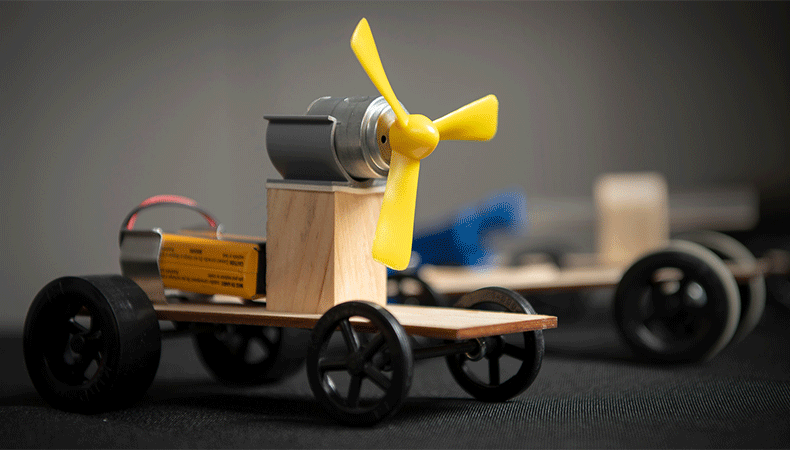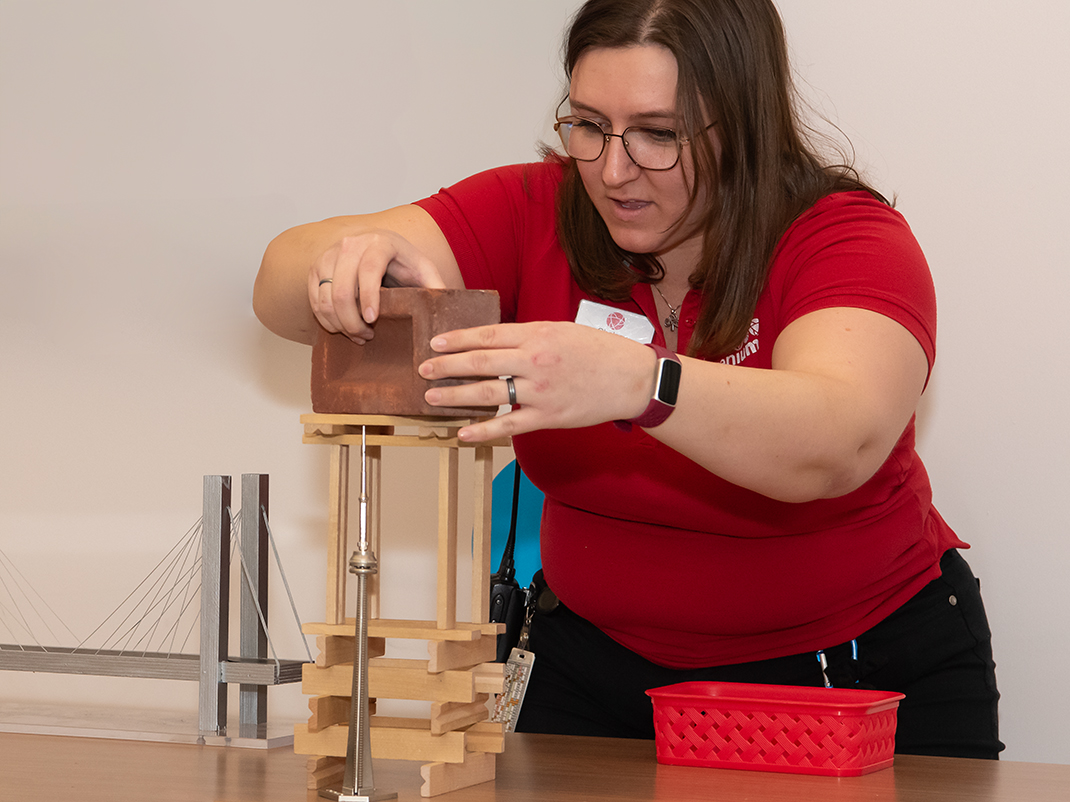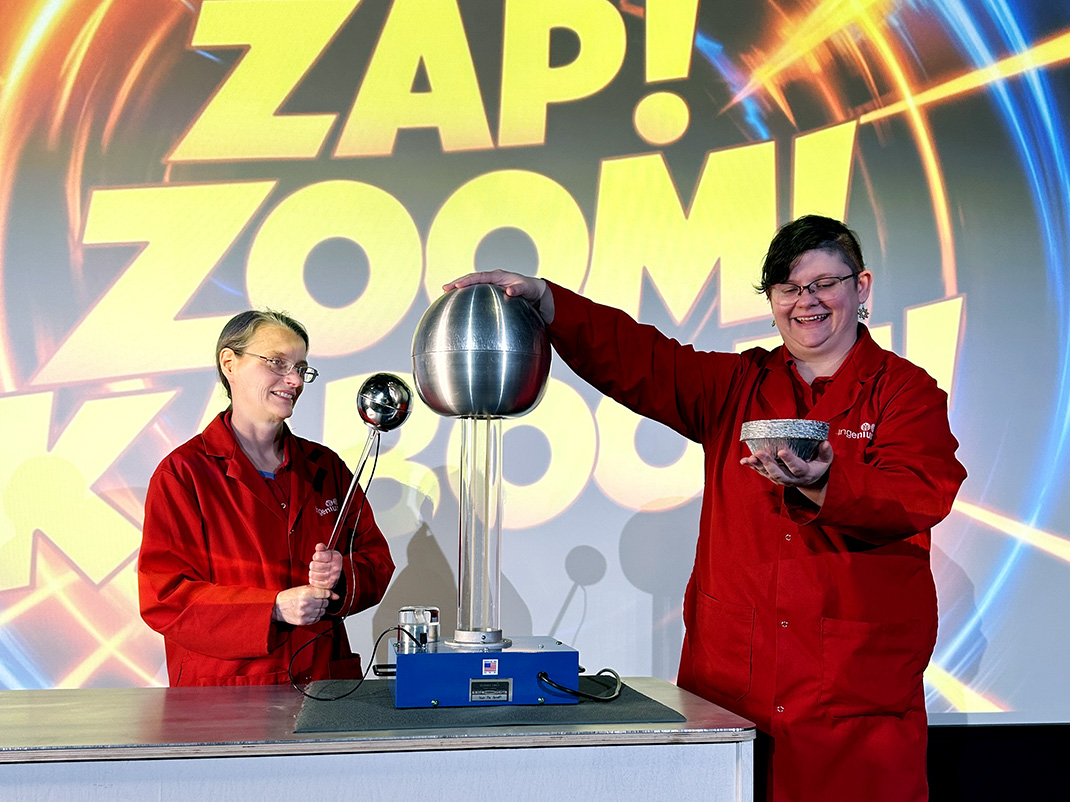Forces in action
Grade 2 to 3 (Ontario)
Elementary cycle 2 (Quebec)
$10 per student
60 minutes
Dates offered: October 1, 2025 to May 29, 2026
Max. group size: 25
What makes things move? What makes them stop moving? In this program, students will investigate a variety of forces—and put them to work—as they determine the best way to make cars race down a track. They will also observe digital graphing tools in use to measure the amount of force required to overcome friction on different surfaces.
Make a reservation request
Lesson plan
Consult this lesson plan for ideas to extend the learning—and the fun!
Curriculum links
Grade 3:
- Science and technology – Matter and energy: Forces and motion
Elementary cycle 2:
- Science and technology – Material world: Forces and motion
Fees
$10 per student. Please note a minimum fee of $150 applies.
Your school may be eligible for financial support. For more information, contact the customer engagement team.
*Program includes free admission for one adult for every four students. Please note that there is a mandatory minimum ratio of one adult for every 10 students. Any additional adults not included in the program fee will be required to pay the regular visitor fee at admission and will not be able to participate in the program. These requirements do not apply to groups with students who have disabilities.
Reservations
Booking requests can be made through the school programs reservation request form.
You can also connect directly with our customer engagement team:
Email: [email protected]
Phone: 613-991-3053 or 1-866-442-4416
You may also be interested in

Field trip planning tips
Make the most of your field trip to the museum with these planning tips.

Stable structures
- Grade 2 – Grade 3
- Elementary cycle 1 – Elementary cycle 2
Through hands-on activities, students will become junior engineers as they explore the characteristics of strong and stable structures.

Zap! Zoom! Kaboom!
- Kindergarten – Grade 8
- Preschool – Secondary cycle 1
End your school year at the museum—where students can participate in various activities and dynamic presentations.